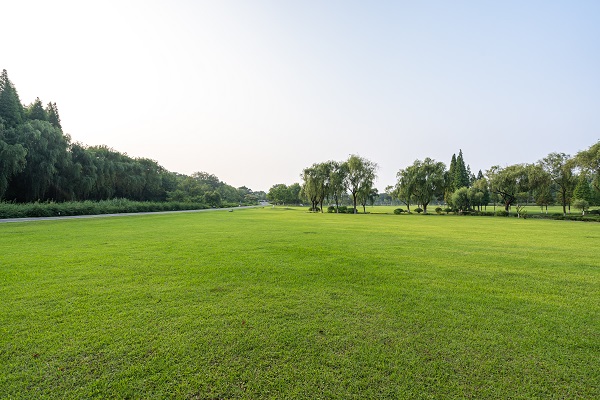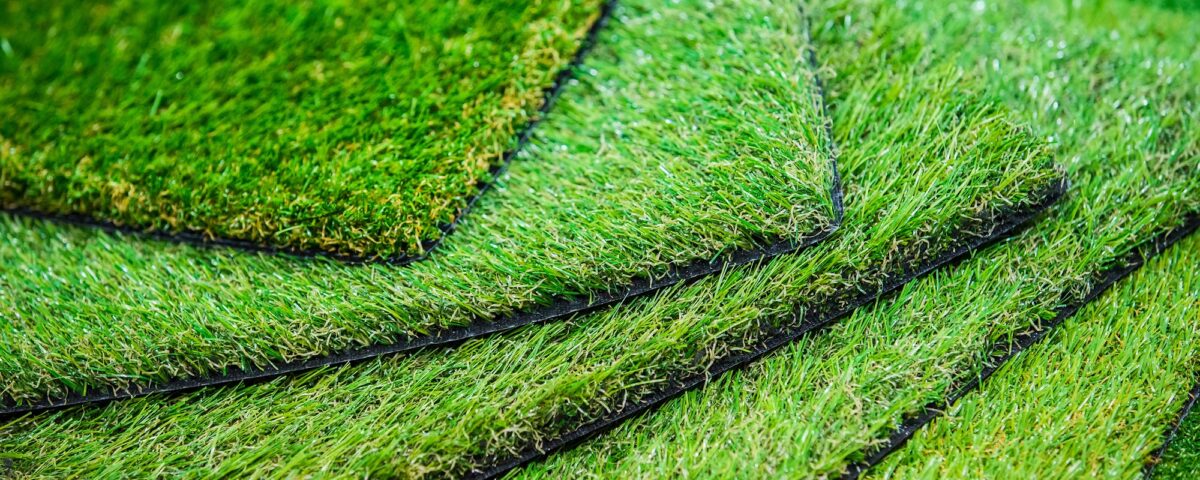
Our Clients:

The Dangers of Artificial Turf

Lawn Care Tips for a Weed Free Lawn
February 23, 2015Lawn Games
March 10, 2015Unveiling the Hidden Hazards of Artificial Turf
Artificial turf installation, though it has an aesthetic appeal and low maintenance, harbors health risks. Its base layer typically contains crumb rubber derived from used tires, which harbors dangerous carcinogens, including carbon black. Furthermore, artificial turf holds toxic metals like zinc, lead, and arsenic that can contaminate your soil and water. Regular exposure could result in kidney damage, even cancer. Studies on these hazards are limited, and more comprehensive research is needed. It’s clear that understanding the composition and associated risks of artificial turf is essential. Let’s dig deeper into this topic to reveal more lurking dangers and find safer alternatives like turfgrass.
Understanding Synthetic Turf Installation
What exactly is artificial turf, and why has it become a subject of concern in recent years?
Artificial grass installation, a synthetic alternative to natural grass, is often preferred for its low maintenance and durability. However, the materials used in its construction raise many safety concerns. The turf’s base layer, often composed of crumb rubber, is made from ground-up used tires. This material contains carbon black, a known carcinogen, making up about 30 percent of its composition.
Recent reports suggest this carcinogen can find its way into the body through wounds, orifices, or inhalation during play, especially for soccer goalies. While the EPA’s initial study on turf toxicity was limited, even they acknowledge its findings are now outdated. These revelations have prompted renewed scrutiny and concern over artificial turf’s safety.
Health Risks of Artificial Turf: Toxic Materials
Delving into the health risks of artificial turf, it’s crucial to note that it’s not just carbon black that poses a threat, but also a slew of toxic metals such as zinc, lead, arsenic, cadmium, and chromium, each with its own adverse effects on human health and the environment. These metals can leach into the ground, contaminating soil and water supplies.
Regular exposure to these harmful elements can lead to a myriad of health issues, including kidney damage, neurological disorders, and increased risk of cancer. While artificial turf may offer certain advantages, it’s clear that the potential health risks can’t be ignored. More research is needed to fully understand these dangers and to develop safer alternatives to fake turf.
Crumb Rubber: What Is It?
Often used in artificial turf, crumb rubber is a material you’re likely to encounter, yet many are unaware of its composition and potential risks. Composed of ground-up used tires, crumb rubber has been a turf staple for over 20 years. It contains a large proportion of carbon black, a recognized carcinogen.
But it doesn’t stop there. Testing has revealed benzothiazole compounds and polyaromatic hydrocarbons in this material, both known for their potential to harm health. Despite the Synthetic Turf Council’s endorsement of crumb rubber safety, based on over 60 studies, concerns persist due to the lack of significant, long-term testing.
It’s a complex issue and one that demands your informed understanding.
The Link Between Cancer and Crumb Rubber
Alarmingly, there’s growing evidence of a potential link between exposure to crumb rubber and the development of certain types of cancer, particularly among young soccer players on an athletic field. When playing on artificial turf filled with crumb rubber, athletes are exposed to a range of harmful chemicals.
- Young goalkeepers who dive on this durable turf are at the highest risk of developing cancer.
- Crumb rubber, made from ground tires, contains carbon black, a known carcinogen.
- Children, due to their developing immune systems, are particularly vulnerable to these toxic chemicals.
It’s imperative to understand the implications of this. You’re not just risking a scraped knee or a sprained ankle when you step onto the green – you’re potentially exposing yourself and your loved ones to a deadly disease.
The Flawed EPA Study
Despite the grave concerns surrounding synthetic grass, the Environmental Protection Agency’s (EPA) study on the harmful effects of crumb rubber has been criticized for its limited scope and outdated findings.
You see, this study primarily focused on carcinogens in air vapor, neglecting other routes of exposure. It’s been found that children, for instance, often ingest or get the crumb rubber particles in their wounds, which wasn’t considered in the EPA’s assessment.
Moreover, the EPA itself admitted that its press release presenting the study’s findings is outdated. This indirectly suggests an acknowledgment of the study’s age and limitations.
Yet, a more comprehensive, updated study is still lacking. So, you’re left wondering about the real risks of artificial turf and the credibility of the EPA’s initial research.
Alternatives to Artificial Turf: Turfgrass

While the concerns surrounding synthetic grass installation are unsettling, there’s a more natural appearance and safer alternative – turfgrass. Turfgrass, a superior-quality product is a hearty breed of green grass, specifically cultivated to be strong and durable. It’s built to withstand heavy traffic and harsh conditions, making it ideal for stunning lawns, parks, golf courses, sports fields, and roadsides.
Turfgrass can also:
- Flourish under low mowing heights, usually two inches or below, promoting a thick, lush growth when regularly cut.
- Survive and thrive in areas with partial shade, which constitutes about 20 to 25 percent of all grassy areas in the U.S.
- Provide a safer alternative to artificial turf without the risk of exposure to harmful materials such as crumb rubber.
It’s time to consider the benefits of this natural lawn.
Call Country Green Turf Farms for Your Agricultural Product Needs
If you’re seeking top-notch agricultural products, consider turning to Country Green Turf Farms, your one-stop solution for high-quality sod and comprehensive turf services.
Since 1988, our Northwest farm has been delivering exceptional sod to satisfy any turf need. But we are not just about sod. We offer a full turf solution, including hydroseeding, fertilizer, commercial landscape supplies, and healthy lawn establishment.
Our turf products aren’t only high-grade but also safe, providing a natural alternative to the potential dangers of artificial turf.
Contact us today for exceptional customer service and quality workmanship.
Visit our About Us page for more information about our company.










